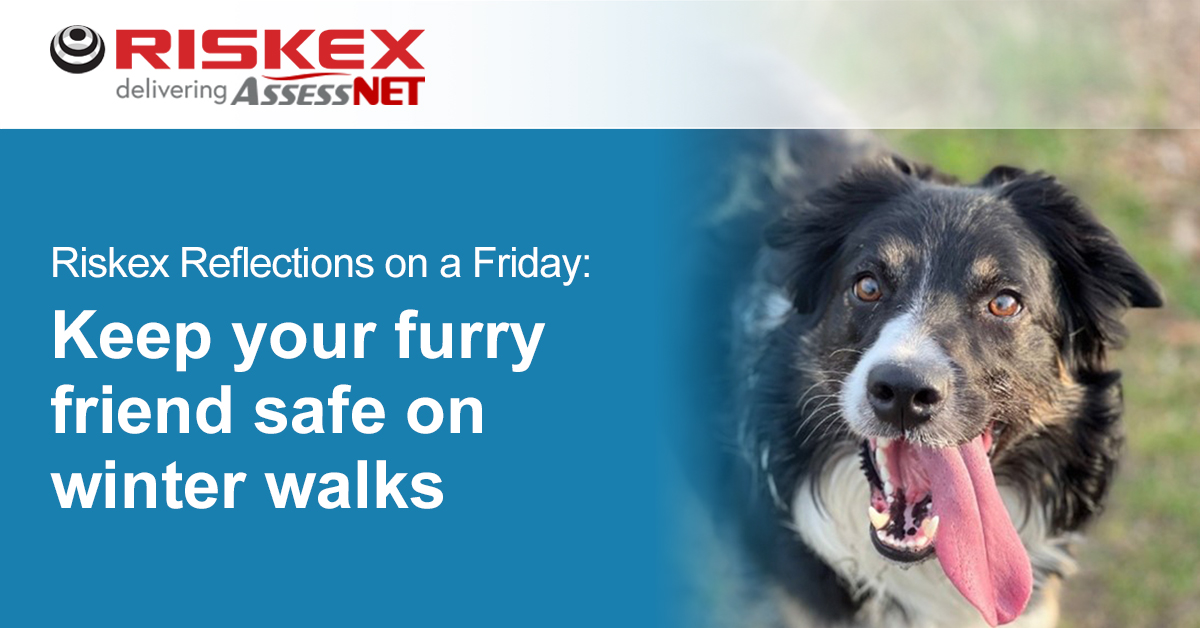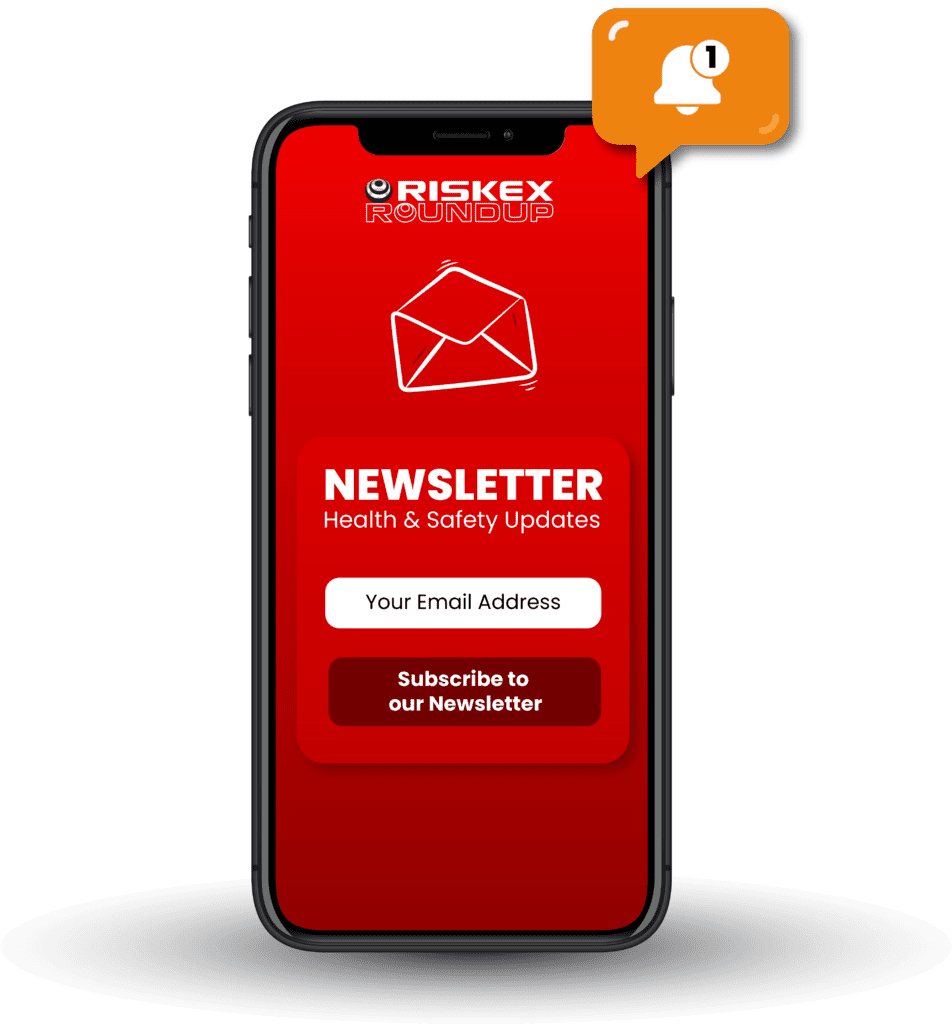Riskex Reflections on a Friday #20: Keep your furry friend safe on winter walks
As any dog walker knows, a dog walk can sometimes turn into an unpredictable outing. The Winter season brings with it additional risks associated with less daylight hours and inclement weather, especially for dog-walking routes that involve busy roads, pedestrians and other hazards such as potholes, which are difficult to spot in poor light. There are several ways to keep you and your dog safe whilst out getting exercise:
- Keep to familiar routes: Rather than trying new routes in the dark, stick to tried-and-tested dog walks when taking your pet out at night. Stick to well-lit paths and avoid dark unlit parks and commons.
- Be Visible: Ensure that both you and your pet both wear highly-visible clothing so you can clearly be seen by others. You can also opt for dog leads and collars which are reflective, or which come with flashing lights to increase your pet’s visibility. These can also help you to locate your pet in the dark.
- Keep your dog close: It is better to keep your dog on a lead in the dark, especially near traffic. You are far more likely to lose your pet in the dark. Additionally, road traffic accidents involving pets are common and increase during hours of darkness. Even on paths there are vehicle hazards – bicycles and electric scooters for a start. Carry a torch with you or better still, wear a head torch so that your hands are free to manage the dog lead.
- Don’t let your dog walk on frozen ponds, canals or lakes: The ice may not be thick enough to take their weight. If your dog does fall through the ice never be tempted to go in after them. If possible, encourage them to swim back to you and call the emergency services.
- Be mindful of the time: even if your dog loves his/her walkies, try not to keep them out too long when it’s cold outside. Short winter walks are ideal and they minimise the length of time your dog is exposed to the harsh winter elements (snow, freezing rain and ice).
- Wear suitable clothing and footwear: Always check weather forecasts and dress accordingly – and minimise the risk of slips trips and falls in icy conditions by wearing suitable non-slip footwear. Remember to wipe your dog’s paws after a walk in icy weather as rock salt can irritate them and importantly, can be toxic if they lick it off their paws and fur.












